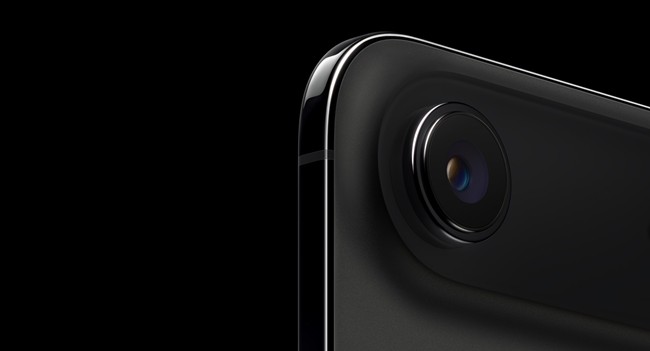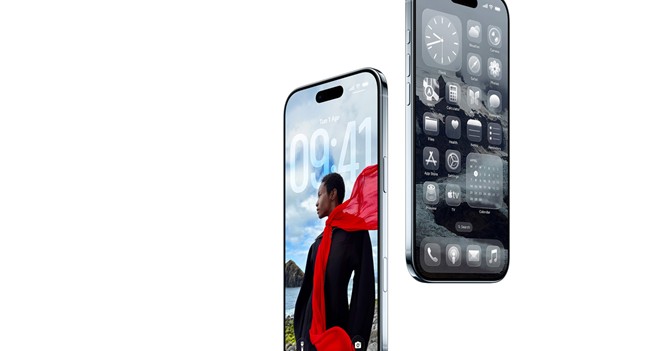The iPhone Air: Is it Worth It?

Apple’s iPhone Air launched in September 2025 as the new ultra-slim, ultra-light iPhone experience. It’s just 5.6mm thick, making it the thinnest iPhone to date.
Now that it’s in the hands of users, the big question remains: is the iPhone Air really worth the upgrade? We’ve taken a closer look at its design, performance, and standout features to help you decide whether this sleek new model lives up to the hype.
And if you do decide to make the switch, our ‘sell my iPhone’ service makes it easy to trade in your old device for instant cash – the perfect way to put some extra funds towards your new ultra-thin iPhone Air.
iPhone Air Overview
Thanks to its new titanium frame and innovative “plateau” back design, the iPhone Air is impressively light at around 165g, yet still built to last. Despite its ultra-thin profile, it features a generous 6.5-inch Super Retina OLED display. In everyday use, that means it’s comfortable to hold and easy to carry, without compromising on vivid colour or screen space.
Apple also gave it a Ceramic Shield 2 front (and back) cover for 3 times better scratch resistance and 4 times better crack resistance over previous models, so you get sleek style without sacrificing toughness.
To summarise, key design highlights include:
- Ultra-thin body
- Lightweight feel
- Premium titanium build
- Durability
- Large Display
So we know the main selling point of this phone is its thinness, but that’s not everything you might look for in an iPhone.

Image Credit: Apple
Power and Battery Life
There’s no use in purchasing a brand new phone for its thin design if it also doesn’t deliver on performance. The iPhone Air uses Apple’s latest chips for “pro” performance in a thin case. It runs on the new A19 Pro processor with 12GB of RAM. This means the phone is power-efficient, handling heavy apps and games smoothly.
In real use, most people can get through a full day on one charge, although if you’re someone with a longer screentime daily average or a power user – you may need to top up throughout the day.
Camera and New Features
As with any Apple launch, much of the focus is on the new cameras they’re bringing to the latest devices. On cameras, the iPhone Air makes some trade-offs, such as the ultrawide lens seen on the other iPhone 17s. The rear camera is a new 48MP “Fusion” sensor with a quad-pixel design, acting like several lenses: a 28mm and 35mm focal range plus an optical-quality 2 times telephoto crop. This lets you zoom in without losing much detail.
The front selfie camera is also upgraded to an 18MP Centre Stage sensor, so your selfies and video calls look sharper and automatically keep you centred (even if you hold the phone vertically).
Camera-wise, the Air is excellent for everyday photos, you get high-res shots and smart AI features, but it’s not quite as advanced as the triple-lens Pro models (no ultra-wide or stereo speakers, for instance).

Image Credit: Apple
Price and Trade-In Deals
The iPhone Air starts at £999 for 256GB, going up to £1,199 for 512GB, and £1,399 for 1TB of storage. This makes it pricier than the base iPhone 17, without some of the camera capabilities (but you get that thinner feel).
You can make it much more affordable by trading in an old iPhone. For example, many people are choosing to trade in their iPhone 13 or iPhone 14 for things like the Air or 17 phones, or even making the switch from Samsung to knock a few hundred off the Air’s cost. When selling with Mazuma, you don’t need to worry if your phone has some faults – we can still offer you a good price.

Image Credit: Apple
Who is the iPhone Air For?
Not everyone will be on the hunt for a phone that’s main selling point is a thin design, especially when it might lack other features like camera capabilities or colour options.
If you’re upgrading from an iPhone 12, 13 or 14 (or even a mid-range Android), and you love a big screen but hate a heavy device, the Air hits a sweet spot. You’ll get most of the power and camera quality of a higher-end iPhone, but in a smaller, more pocket-friendly package. On the flip side, if you need the very best camera system or stereo speakers, a Pro model might still be better.
Overall, the iPhone Air blends affordability and functionality: it costs less than the top Pro models yet delivers a premium feel and robust features. After trading in an older device, it can be a surprisingly cost-effective upgrade.

